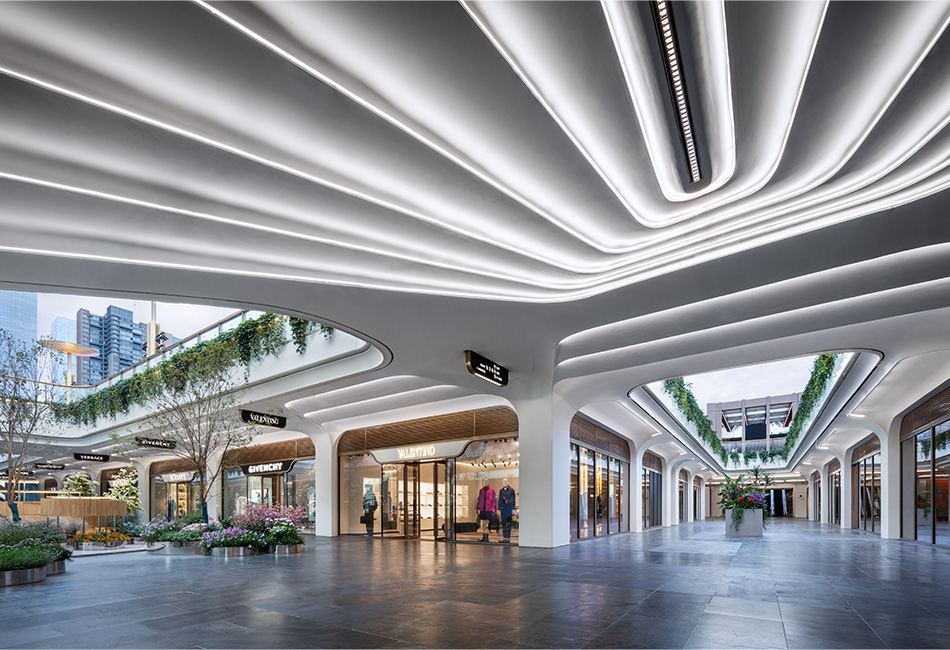anchor-bar-van-cordle.jpg (JPEG Imagen, 600x437 pixels) - Available at: http://fineartamerica.com/images-medium/anchor-bar-van-cordle.jpg
Response to the Critical Journal Ep.05
These are a series of post to sumarize the conclusions and feedback after the several tutorials I have hade so far, this will help me to clarify my ideas for the Work in Progres Show.
In the 3rd of november I had my first tutorial will Ralph Ball. The project has changed a little bit but in the issues discused he wrote: "New relationship from network relationships in a particular type of living" I am happy to read that this main issue is arrised since the begigning what makes me think that the project is more clear to other people than I though. His recomendations so far were:
- Eg. Mega House, City as a House Networked.
- Rooms living in a comunity. Questions araised to this issue: Maintenance? Who pays for it? Who owns the space? This questions arised made me think about a privatization of this rent/shared spaces and an ideal market opportunity for net companies like Facebook to conquer the real world from virtuality.
- Kit to create space. This designing aim arised the question: What is private space?
"Which are the ANCHORS in a virtual world?" What makes stable and permanet in a constantly changing world or unmaterial world?
Issues between personal and public space were arised. Place and space Making. What are those personal possessions that are you taking with you? (Reference to the reading list: The meaning of things: Domestic Symbols and the self).
- Routine / Habit / Location, are these important issues to consider?
- "WHAT WOULD BE THE PHYSICAL ANCHOR?"
- Accesible storage was consider by Ralph a key are to study.
An ANCHOR is a device, normally made of metal, that is used to connect a vessel to the bed of a body of water to prevent the vessel from drifting due to wind or current.
An anchor works by resisting the movement force of the vessel which is attached to it. There are two primary ways to do this—via sheer mass, and by "hooking" into the seabed. While permanent moorings can use large masses resting on this seabed, this is not practical for temporary anchors which need to be stowed onboard, so almost all temporary anchors are of the type which have metal flukes which hook on to rocks in the bottom or bury themselves in soft bottoms.An interesting element of anchor jargon is the term aweigh, which describes the anchor when it is hanging on the rope, not resting on the bottom; this is linked to the term to weigh anchor, meaning to lift the anchor from the sea bed, allowing the ship or boat to move. An anchor is described as aweigh when it has been broken out of the bottom and is being hauled up to be stowed. Aweigh should not be confused with under way, which describes a vessel which is not moored to a dock or anchored, whether or not it is moving through the water. Thus, a vessel can be under way (or underway) with no way on (i.e., not moving).
source wikipedia

























No hay comentarios:
Publicar un comentario